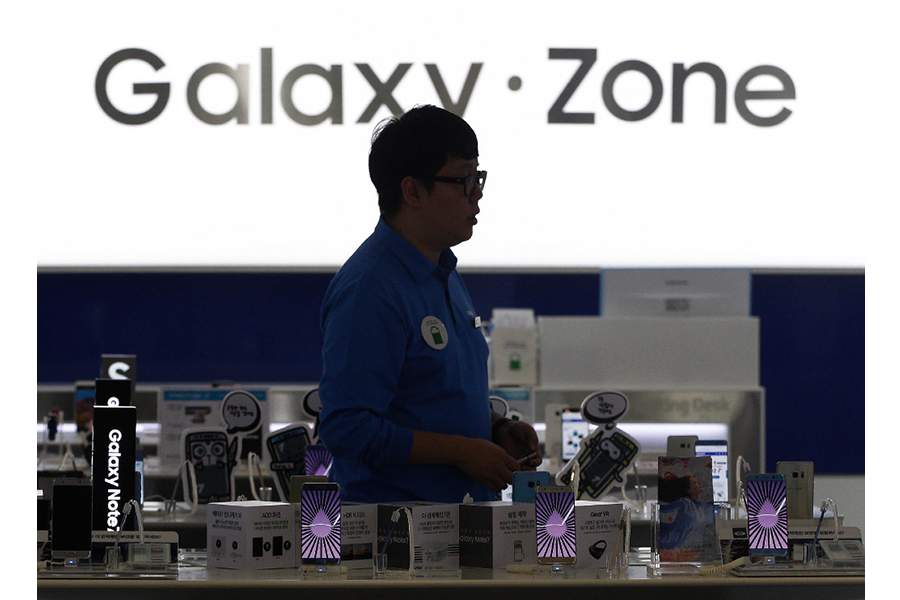Why you should charge big purchases onto your credit card
Loading...
Broken and malfunctioning devices have been in the news in recent weeks, as the Galaxy Note 7 fiasco continued to make headlines. Samsung has begun recalling devices back in September after massive string of reports claiming the devices were catching fire. Fortunately, those affected have, for the most part, been able to get replacements or refunds. However, over the years, other companies and small merchants have been less forthcoming around issues surrounding their merchandise. Most people can share stories about a bad customer service experience when trying to return an item. A lost receipt or a bad refund policy can cause tons of headaches.
One solution for avoiding these scenarios is to charge big purchases to credit cards. Cards are preferable to cash for large purchases due to, among other things, their chargeback ability. In this guide, we’ll go over the 4 chief reasons you should charge your next big purchase to your card, instead of paying cash.
1) Longer Warranties & Purchase Protection
Though you may not know about it, your credit card likely comes with benefits that help protect your purchase in case it breaks or is stolen. You can file a claim with your bank by filling out some basic information about the nature of the damages. This experience will vary from bank to bank and even, in some cases, from the card to card. There are usually limits involved with the reimbursement. You typically can’t expect to get more than a $1,000 per claim, and the number of claims you can file within one year is also limited. However, this still sweetens the pot if the alternative was getting nothing at all. Purchase protection is typically designed to cover your purchases for up to 120 days after a transaction. If you experience issues with your purchase after this time you may be out of luck. Extended warranty coverage kicks for one year once your manufacturer’s warranty expired, and helps with this issue. However, this benefit will usually not apply to warranties that were longer than five years. Most decent rewards credit cards come equipped with purchase protection.
2) Price Protection
Things like electronics are always likely to go on sale. As a matter of fact, it may sometimes feel that they only go on sale after you have already paid for them. Fortunately, many credit cards today come with a benefit called price protection, and it’s built to handle these types of situations. After you buy a qualified item using a credit card, price protection will refund you the difference, if you find that item at a lower price some time after the transaction. Most issuers will cover items that go on sale within 60 to 90 days of the original purchase. Like purchase protection, price protection comes with a long list of exclusions and things that it won’t cover. This includes anything that is susceptible to high price volatility, such as event tickets.
3) Free Phone Insurance
When you're paying $200 to $300 on a new cell phone, the carrier will typically offer some sort of insurance policy to cover the phone. Given how expensive mobile phones are, it may be tempting to buy coverage. The problem is that these policies can get quite pricy – adding as much as $10 to your monthly bill. Some credit cards can help cardholders avoid that extra charge, by providing them with free phone insurance. There are some caveats. First, you will need to pay the bill entirely using the credit card providing this benefit. When you file a claim, you will also be subject to some sort of deductible – that is the out of pocket cost you must pay before the insurance kicks in. There are also limits on the maximum payout. The highest benefit we've seen will cover damages up to $600.
4) Cash Back
Credit card rewards are best understood as a percentage discount or rebate on your purchases. That’s why it’s more rewarding to put big purchases onto your card – the bigger the price tag the bigger your cash back return. Top of the line cards can get you anywhere between 2% to 5% back on your purchases. When you're buying groceries, this type of return doesn't seem significant. However, when you're charging a $2,000 television to your card, that 5% seems a lot more significant. A particularly useful trick is to use big upcoming purchases to help you qualify for sign-up offers. These supercharge the cash back you can earn with a credit card, and provide the best saving opportunities.
This story originally appeared on ValuePenguin.







